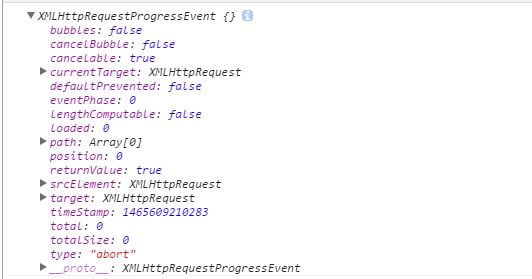structure(list(Metrics = structure(c(1L, 2L, 3L, 4L, 5L, 6L,
1L, 2L, 3L, 4L, 5L, 6L, 1L, 2L, 3L, 4L, 5L, 6L, 1L, 2L, 3L, 4L,
5L, 6L), .Label = c(" LINESCOMM ", " NCNBLOC_FILE ", " RCYCLOMATIC ",
" RISK ", " RMAXLEVEL ", " RNOEXSTAT "), class = "factor"),
Project = structure(c(1L, 1L, 1L, 1L, 1L, 1L, 2L, 2L, 2L,
2L, 2L, 2L, 3L, 3L, 3L, 3L, 3L, 3L, 4L, 4L, 4L, 4L, 4L, 4L
), .Label = c(" Demo_Architect ", " Demo_May_10 ", " Demo_May_14 ",
" NPP "), class = "factor"), Value = c(1172, 1500, 142,
4.241, 24, 98, 1139, 1419, 128, 3.546, 22, 85, 1172, 1500,
142, 4.241, 24, 98, 115008, 148903, 14539, 105.914, 604,
15710)), .Names = c("Metrics", "Project", "Value"), row.names = c(NA,
-24L), class = "data.frame")->agg
I am trying to do: For each unique project name is want create separate variable name containing the desired values.
I am trying the below code:
x=data.frame()
attach(agg)
r<-as.character(unique(Project))
for(i in length(agg))
{
x<-subset(agg,Project==r[i],select=c("Project","Metrics","Value"))
assign() #This is where i am making mistake while creating dynamic variable naming
}
in other words i want to create separate variable name each time the for loop executes.
NOTE: it is preferred to have variable names to be in the name of "project"columns values.
assign is used by supplying the name of the variable you want to create first and the value it should have as second argument. Note that as your project names contain leading blanks I additionally used str_trim to get rid of them.
library(stringr)
projects <- levels(agg$Project)
for (p in projects) {
x <- subset(agg, Project==p)
assign(str_trim(p), x)
}
Now you have the projects as variables in your workspace:
ls()
[1] "agg" "Demo_Architect" "Demo_May_10" "Demo_May_14" "NPP"
[6] "p" "projects" "x"
E.g.
> Demo_Architect
Metrics Project Value
1 LINESCOMM Demo_Architect 1172.000
2 NCNBLOC_FILE Demo_Architect 1500.000
3 RCYCLOMATIC Demo_Architect 142.000
4 RISK Demo_Architect 4.241
5 RMAXLEVEL Demo_Architect 24.000
6 RNOEXSTAT Demo_Architect 98.000
Why not just splitting the data.frame and working with list
dflist <- split(agg, agg$Project)
str(dflist)
## List of 4
## $ Demo_Architect :'data.frame': 6 obs. of 3 variables:
## $ Demo_May_10 :'data.frame': 6 obs. of 3 variables:
## $ Demo_May_14 :'data.frame': 6 obs. of 3 variables:
## $ NPP :'data.frame': 6 obs. of 3 variables:
names(dflist) <- paste0("project", seq_along(dflist))
And if you really want to have the list elements (new dfs) in your global environment, you can use list2env.
list2env(dflist, .GlobalEnv)
ls()
## [1] "agg" "dflist" "project1" "project2" "project3"
## [6] "project4"
head(project3)
## Metrics Project Value
## 13 LINESCOMM Demo_May_14 1172.000
## 14 NCNBLOC_FILE Demo_May_14 1500.000
## 15 RCYCLOMATIC Demo_May_14 142.000
## 16 RISK Demo_May_14 4.241
## 17 RMAXLEVEL Demo_May_14 24.000
## 18 RNOEXSTAT Demo_May_14 98.000
Just want to point out that it's generally safer to work with list by using lapply, sapply or for loop rather than using the global environment.
EDIT : If you want a different naming scheme
names(dflist) <- paste0("project_", gsub("\\s+", "", levels(agg$Project)))
list2env(dflist, .GlobalEnv)
ls()
## [1] "agg" "dflist"
## [3] "project_Demo_Architect" "project_Demo_May_10"
## [5] "project_Demo_May_14" "project_NPP"




